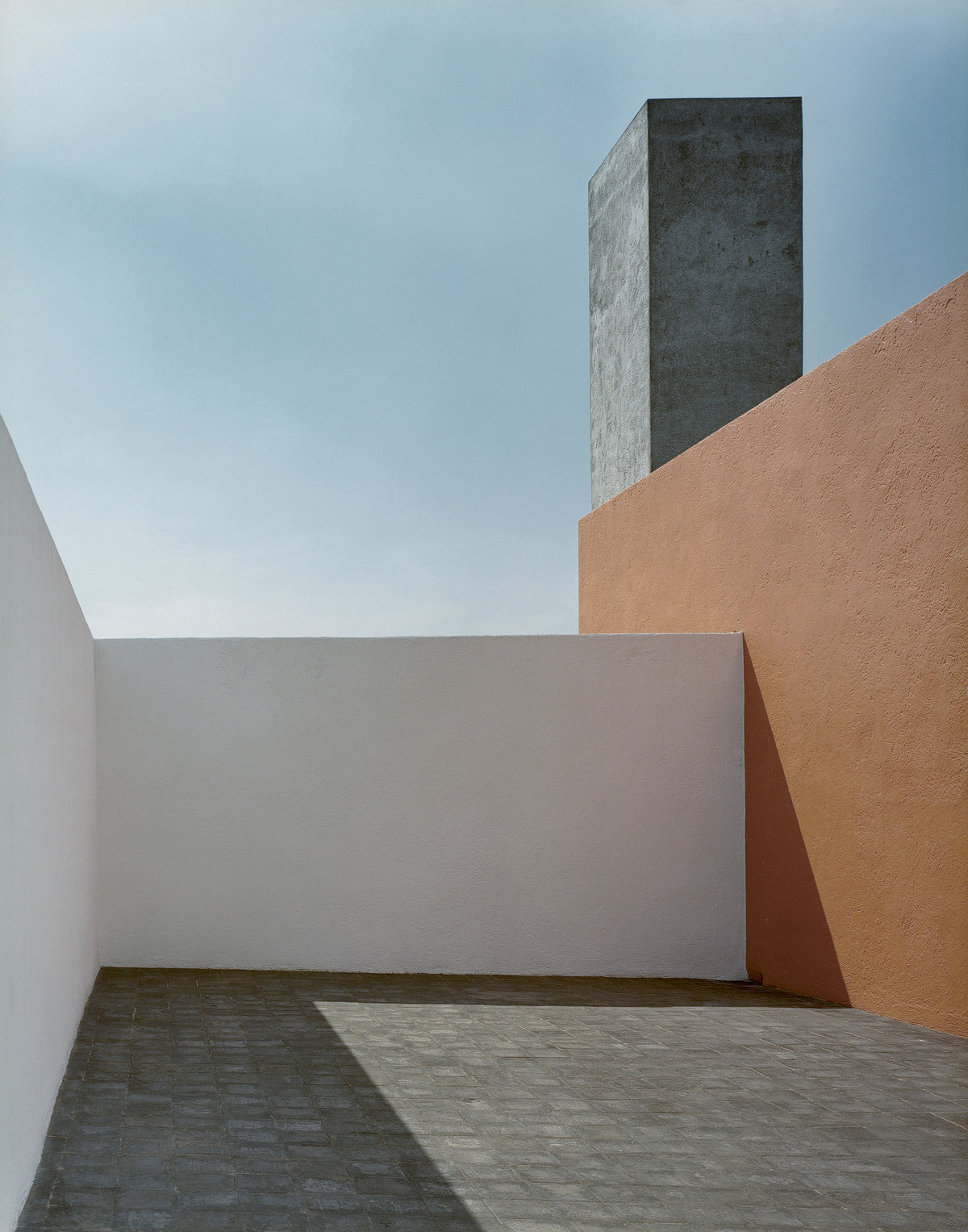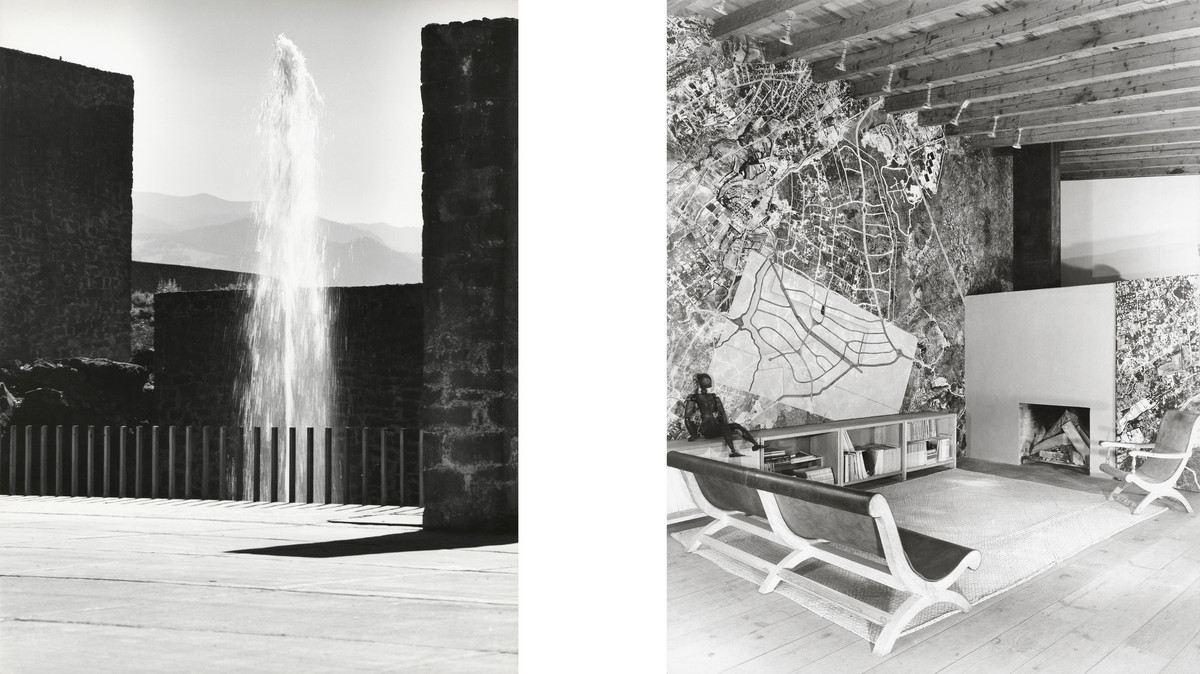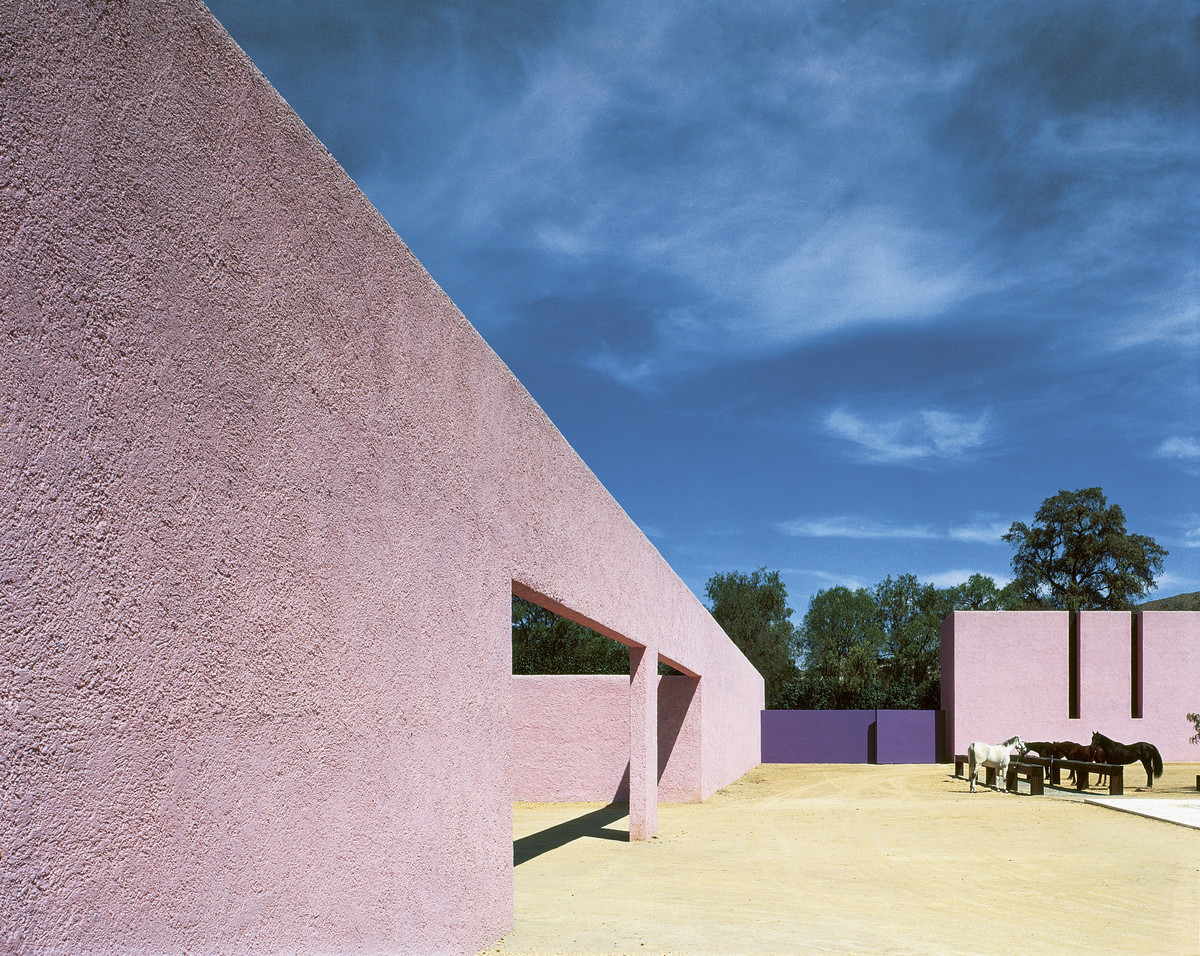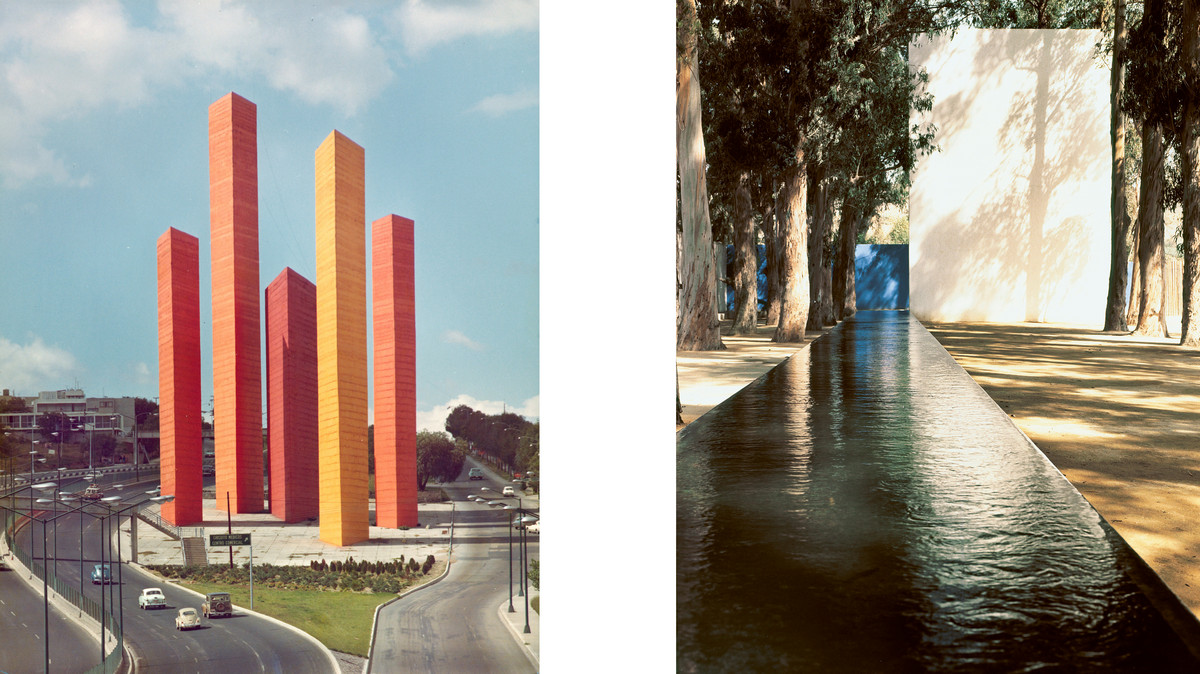Barragán Gallery
Vitra Schaudepot
Luis Barragán (1902–1988) is widely regarded as the most important Mexican architect of the twentieth century. Since 1996, the architect’s professional estate has been in the care of the Barragan Foundation, located in Birsfelden, Switzerland. Over the past two decades, a small team of researchers under the leadership of architectural historian Federica Zanco has systematically evaluated and catalogued the archival documents within the framework of a thorough analysis of Luis Barragán’s oeuvre. As part of a newly established partnership between the Barragan Foundation and the Vitra Design Museum, this material has moved to new premises on the Vitra Campus in Weil am Rhein, Germany. With the aim of facilitating further scholarly investigation and cooperation with other institutions, the Barragán Archive joins the museum’s archival holdings from the estates of such prominent figures as Charles and Ray Eames, Alexander Girard, Anton Lorenz, George Nelson and Verner Panton.
The Barragán Archive is hosted by the Vitra Design Museum in new facilities designed by Dieter Thiel, located in close proximity to the Vitra Schaudepot. This includes a state-of-the-art repository for the documents, a study room for visiting researchers, and the Barragán Gallery, a thematic exhibition space. Curated by Martin Josephy in collaboration with Luis E. Carranza, an expert on Latin American architecture, the gallery show presents drawings, photographs and other material from the Barragán Archive, together with biographical details and an illustrated chronology of modern architecture in Mexico. This ensemble of documents and supplementary information illuminates Barragán’s life and work in a larger context.
Luis Barragán’s oeuvre spans a period of six decades between the late 1920s and the 1980s. After attracting international attention with his first buildings in his hometown of Guadalajara, Barragán moved to Mexico City in 1935, where he further developed his distinctive architectural language. By combining the international vocabulary of Modernism with traditional elements of Mexican culture and landscape, he created a truly original form of expression. Significant works include the planning of the new district Jardines del Pedregal (1945–1952) located on a lava plain south of Mexico City, his own house and studio (1948), and the residential developments of Las Arboledas (1957–1962) and Los Clubes (1961–1966). In 1980, Barragán was awarded the Pritzker Architecture Prize, the profession’s highest honour.
The documents and objects in the Barragán Archive were accumulated by the architect over the course of his entire career. The Archive encompasses approximately 13,500 sketches, drawings, plans and other papers, nearly the same number of photographic prints, slides and negatives, as well as models, furniture and miscellaneous items. This body of material was offered for sale in 1995 by New York City dealer Max Protetch. The Barragan Foundation was established in order to prevent the dispersal of the architect’s professional estate and to ensure its conservation for future study. Over time, significant complementary acquisitions were made, including a collection of negatives and original prints by the Mexican photographer Armando Salas Portugal, whose striking portrayals of Barragán’s architecture are artistic works in their own right.
A previous collaboration between the Barragan Foundation and the Vitra Design Museum resulted in the travelling exhibition Luis Barragán: The Quiet Revolution, which debuted in Weil am Rhein in the year 2000 before touring internationally, with a final showing in 2002/03 at the Museo de Bellas Artes in Mexico City. The Vitra Design Museum is currently planning a new retrospective, and a comprehensive publication by the Barragan Foundation is in preparation.
Website of the Barragan Foundation
Information the guest presentation by
HEAD – Genève / CENTRO Mexico City
Images:
Img. 1: Rooftop terrace of Luis Barragán’s residence at 14 Calle Francisco Ramírez (Mexico City, 1948), photograph taken by Armando Salas Portugal in the 1960s.
Img. 2: Jardines del Pedregal, Mexico City (Luis Barragán, 1945–1952). Photograph by Armando Salas Portugal of the Plaza de las Fuentes, c. 1951
Img. 3: Interior view of Luis Barragán’s studio at 12 Calle Francisco Ramírez (Mexico City, 1948), photograph taken by Armando Salas Portugal in the early 1950s.
Img. 4: Luis Barragán and Andrés Casillas, Cuadra San Cristóbal, Los Clubes, Atizapán de Zaragoza (Greater Mexico City), 1966–1968. Equestrian complex with horses and granary in the background, photographed by Armando Salas Portugal.
Img. 5: Luis Barragán and Mathias Goeritz, Torres de Satélite, Naucalpan de Juárez (Greater Mexico City), 1957. The photograph of the towers, painted in a palette of oranges and reds, was taken by Armando Salas Portugal in the late 1960s.
Img. 6: Luis Barragán, Las Arboledas, Atizapán de Zaragoza (Greater Mexico City), 1957–1962. Photograph by Armando Salas Portugal of the El Bebedero fountain.
© Barragan Foundation / VG Bild-Kunst, Bonn 2023



